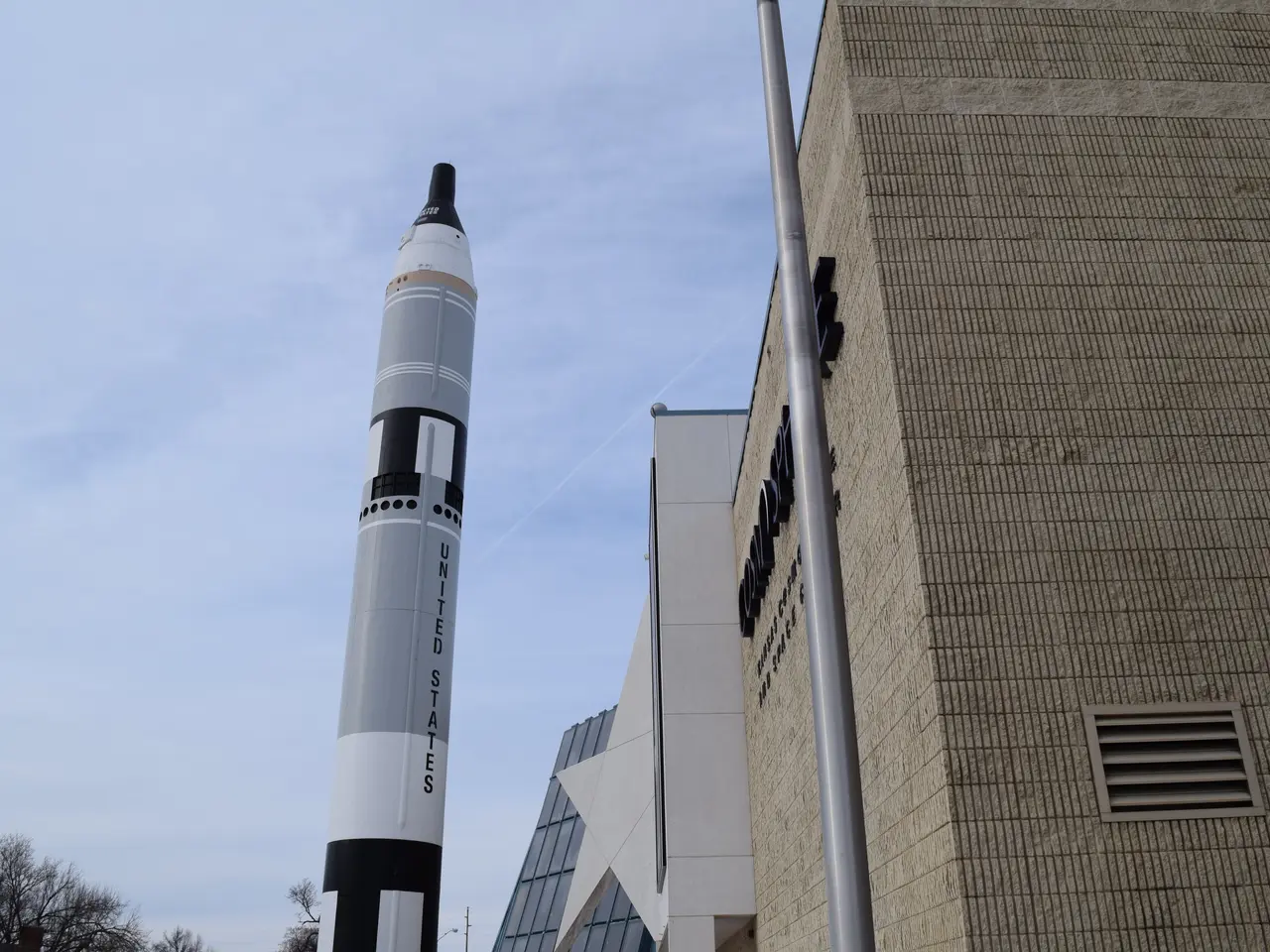Space Exploration Expands: Emergence of South Korea's Space Agency - Outlining Its Aims
South Korea has taken a significant step forward in its space ambitions with the establishment of the Korea Aerospace Administration (KASA), inaugurated by President Yoon Suk Yeol. The new space agency aims to land a robotic lunar lander by 2032 and develop an advanced moon lander by 2040, with the ultimate goal of building a permanent lunar base by 2045 [1][2].
The lunar landers will be designed to carry equipment, supplies, and autonomous mining robots, with a focus on extracting lunar resources like water and ice to support a sustainable lunar economy. South Korea also plans to land on Mars by 2045, marking its first Mars landing mission in coordination with its deep space exploration roadmap [1][2].
KASA's mission areas include low Earth orbit operations, microgravity science, lunar exploration, solar science, and deep space technology. To test lunar mission conditions, South Korean engineers are using an abandoned coal mine on Earth to simulate the Moon’s dusty, dark, and uneven terrain, helping develop mining and exploration technologies for off-Earth resource extraction that will support their long-term lunar presence [1].
The agency emphasizes independent development of landing and mobility technology to secure space sovereignty and aims to demonstrate key technologies such as robotics, autonomous landers, and in-situ resource utilization (ISRU). By 2035, South Korea also plans to launch a solar observation satellite to a Lagrange point to study solar activity affecting Earth and space missions [1][2].
KASA will play a crucial role in achieving South Korea's space exploration goals and promoting space-related businesses in the country. The South Korean government has allocated 44 trillion won (approximately $33.7 billion) for space exploration, with an additional 56 trillion won ($39.7 billion) planned for the next five years [3]. This significant investment aims to position South Korea among the world leaders in space exploration.
South Korea's space ambitions are motivated by regional competition, with countries like India, Japan, and China making significant progress in space exploration. A South Korean satellite, Danuri, is currently orbiting the Moon and providing images and data for NASA's Artemis program [4].
KASA's mission is to train experts, support the aerospace industry, and foster stimulating and innovative R&D. By pursuing these ambitious goals, South Korea hopes to become a major player in the space economy and exploration arena.
References:
[1] Korea Aerospace Research Institute (KARI). (2022). [Korea Aerospace Research Institute]. Retrieved from https://www.kari.re.kr/
[2] Moon, J. (2022). South Korea to launch lunar exploration agency to boost space ambitions. Reuters. Retrieved from https://www.reuters.com/world/asia-pacific/south-korea-launch-lunar-exploration-agency-boost-space-ambitions-2022-01-13/
[3] South Korean President Yoon Suk Yeol sets out ambitious space exploration goals. (2022). SpaceNews. Retrieved from https://spacenews.com/south-korean-president-yoon-suk-yeol-sets-out-ambitious-space-exploration-goals/
[4] Park, M. (2021). South Korea's Danuri moon mission to provide images for NASA's Artemis program. SpaceNews. Retrieved from https://spacenews.com/south-koreas-danuri-moon-mission-to-provide-images-for-nasas-artemis-program/
In alignment with its space exploration goals, South Korea's newly established space agency, the Korea Aerospace Administration (KASA), aims to conduct research in microgravity science, lunar exploration, solar science, and deep space technology. Additionally, KASA's focus on independent development of landing and mobility technology for robotics, autonomous landers, and in-situ resource utilization (ISRU), such as extracting lunar resources like water and ice, is a testament to its commitment to building a sustainable lunar economy and securing space sovereignty.




